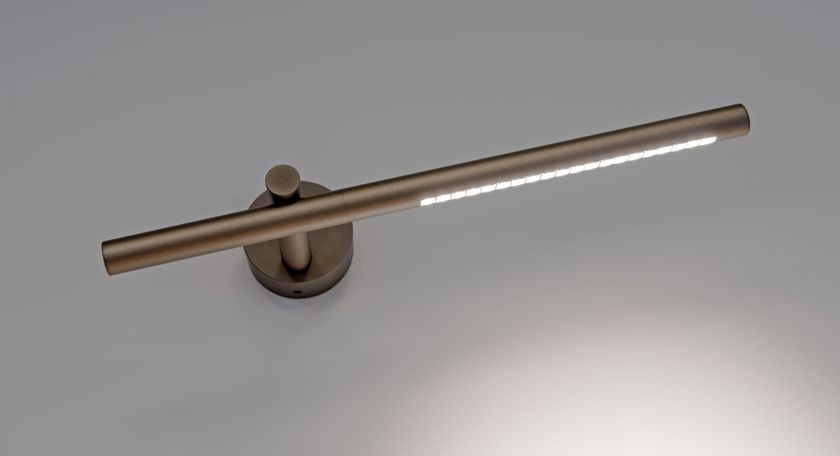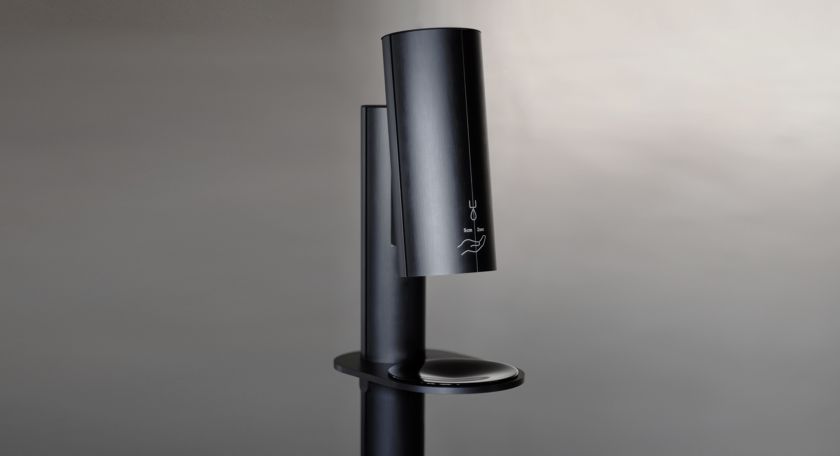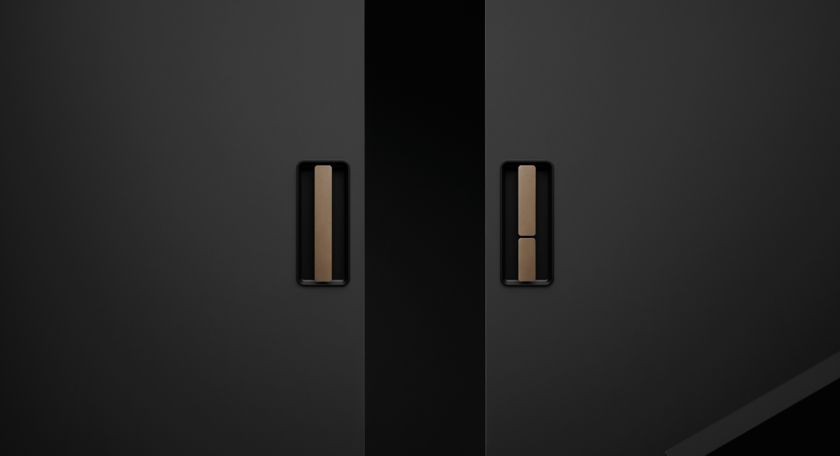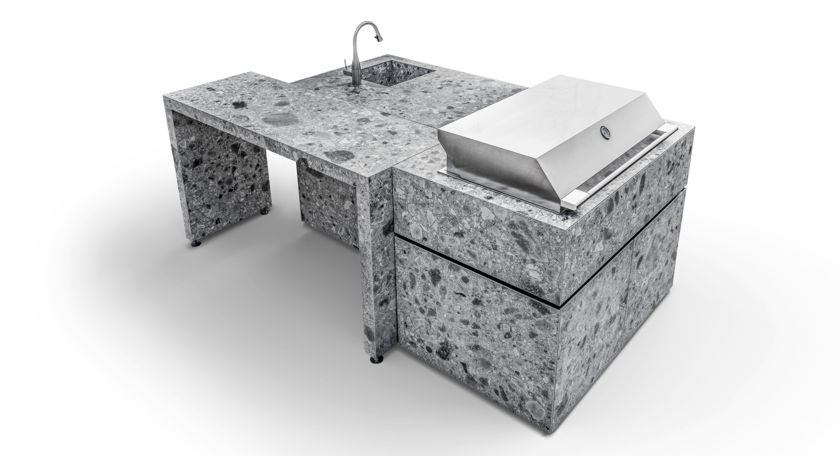code2design
Michael Schmidt founded code2design in 1996 after working for various companies, including Mercedes-Benz and DesignworX. Today, the core team at code2design consists of four senior and junior designers; external consultants and freelancers are brought on board as the projects require. The studio’s work centres on services relating to product innovation and industrial design. Michael Schmidt is an engineer; after qualifying, he completed a postgraduate course in capital goods design at Stuttgart’s State Academy of Fine Arts.
www.code2design.de

Michael Schmidt
www.code2design.de

Michael Schmidt





